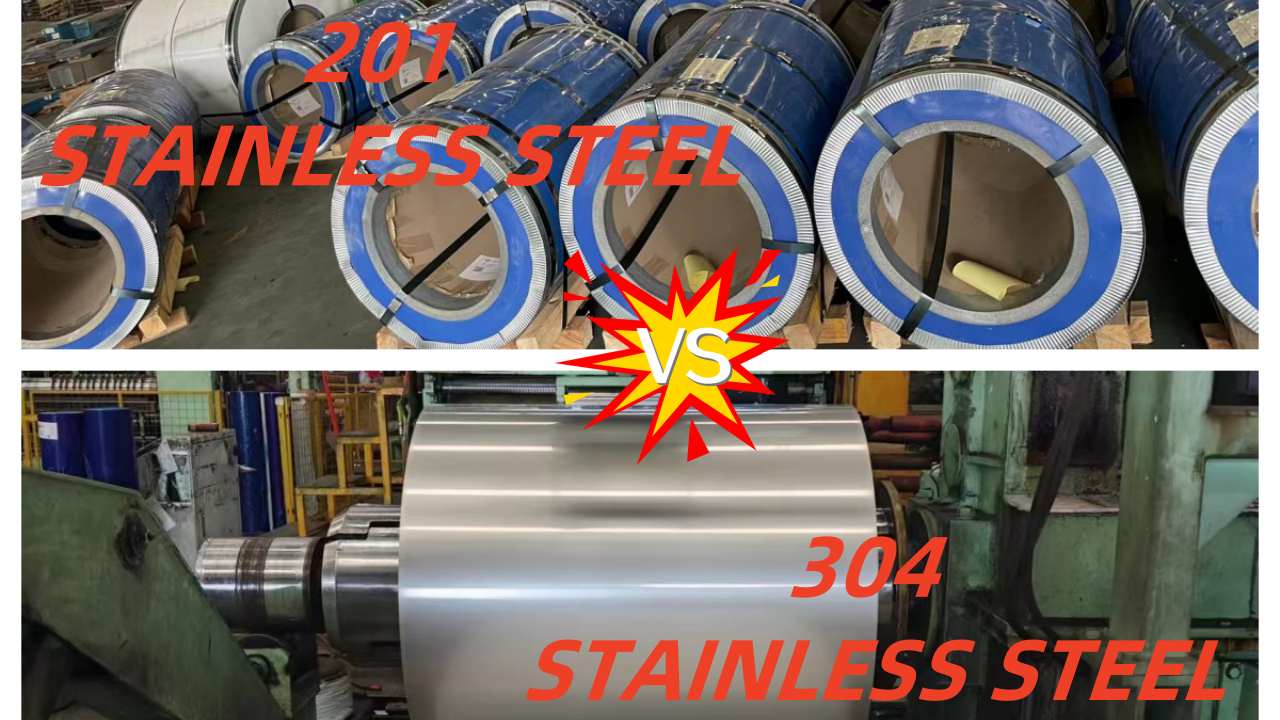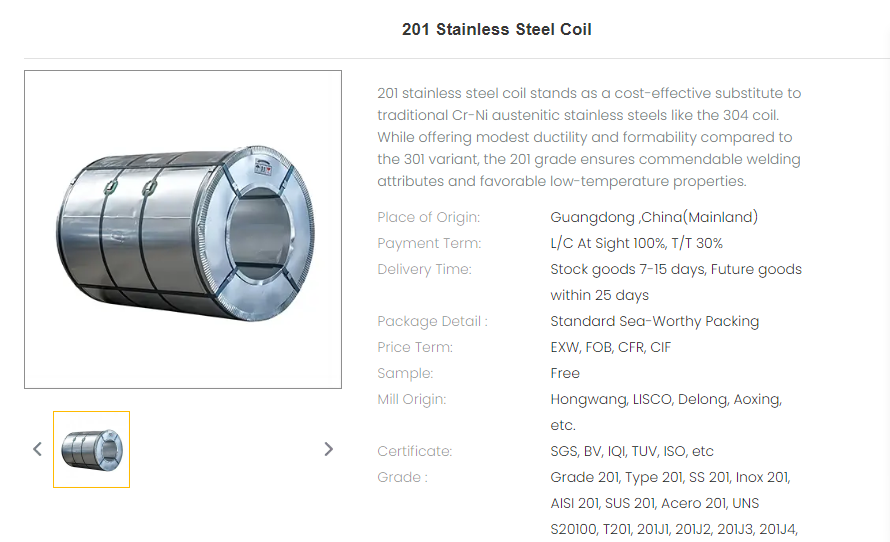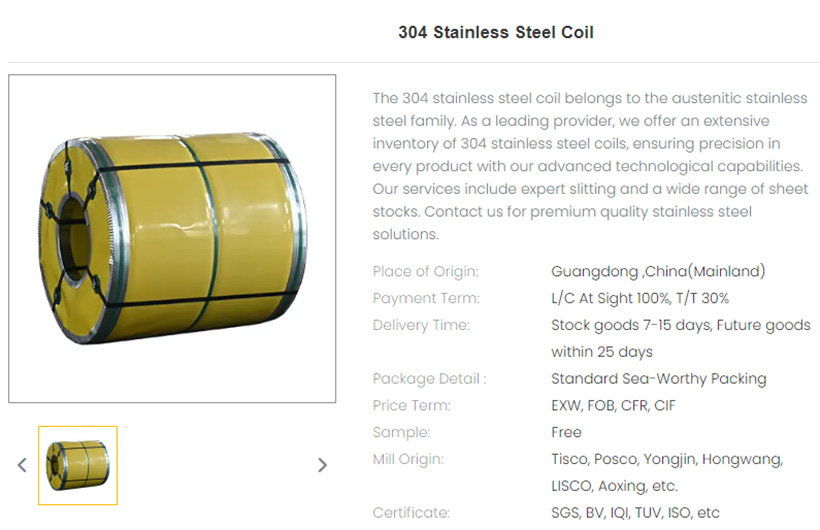At Aoxing Mill, we understand the importance of selecting the right type of stainless steel for your projects. This blog explores the critical differences between 201 stainless steel and 304 stainless steel—two of the most commonly used materials in the industry. Each has unique properties and applications, making them suitable for various uses. Whether you’re in construction, manufacturing, or any sector requiring durable and corrosion-resistant materials, understanding these differences can help you make an informed decision.
Price Range
Typically,the price of 201 stainless steel is lower than 304 stainless steel,often around20-30% less expensive.The price difference is mainly due to the superior properties and higher nickel content of 304. Market prices place 201 stainless steel at approximately $2,500 per ton, while 304 stainless steel typically costs around $3,500 per ton. These prices are approximate and can fluctuate based on factors like raw material costs, demand, and geopolitical influences. For the most accurate and current pricing, it’s best to contact suppliers directly or check industry market
Type Classification
Both 201 and 304 stainless steels are austenitic stainless steels with an austenitic (FCC) crystal structure. However, there are differences in their chemical compositions. 201 stainless steel contains 3-5% nickel, while 304 stainless steel contains up to 8% nickel. The higher nickel content combined with chromium enhances the corrosion resistance and stability of 304 stainless steel.
Application Range
201 stainless stteel is suitable for applications where moderate corrosion resistance is acceptable and cost is a factor.Common applications are as follows:
- Food and Beverage Industry: Processing equipment, tanks, and piping.
- Chemical Processing: Equipment, tanks, and piping resistant to corrosive chemicals.
- Medical Equipment: Surgical instruments, implants, and medical devices.
- Marine Applications: Boat fittings, pumps, and valves.
- Architectural Applications: Exterior cladding, handrails, and sculptures
While 304 stainless steel is preferred for applications requiring high corrosion resistance, durability, and hygienic properties. Common applications are as follows:
- Food and Beverage Industry: Processing equipment, tanks, and piping.
- Chemical Processing: Equipment, tanks, and piping resistant to corrosive chemicals.
- Medical Equipment: Surgical instruments, implants, and medical devices.
- Marine Applications: Boat fittings, pumps, and valves.
- Pharmaceutical Equipment: Sterilization equipment, mixers, and reactors.
Choosing Between 201 and 304 Stainless Steel
Understanding the differences between 201 and 304 stainless steel is crucial for selecting the right material for your needs.201 stainless steel is more cost-effective, suitable for products with high economic efficiency, while 304 stainless steel is best for applications requiring corrosion resistance and hygiene.
For more detailed information on our stainless steel offerings and to explore which type is right for your next project, please visit our 201 stainless steel product page
and our 304 stainless steel product page at Aoxing Mill.
Let us help you make the best choice to ensure the success of your projects with high-quality materials tailored to your specific requirements.
Post time: Jul-25-2024







